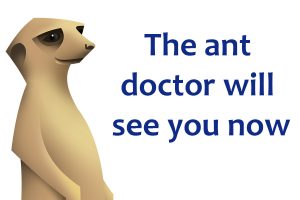Believe it or not, out there somewhere, in a brightly lit laboratory, is a person in a lab coat, folding DNA, proteins and other biological compounds to provide innovative new medicines, tackle microengineering problems and create intriguing art. Welcome to the world of nantechnology.
The structure of DNA
Nanotechnology is the study of materials and devices smaller than 100 nanometers (10-5 or 0.000001 cm), and it is being applied to a diverse set of problems including drug delivery, nanorobotics, gene therapy, microelectronics and molecular computing. DNA nanotechnology involves the construction of self-assembling minute artificial structures from nucleic acids (the building blocks of DNA). DNA can be used to form a functional nanostructure itself, or it can be used as a scaffold to direct the assembly of other molecules (e.g. carbon, protein, peptides) into a functional structure. This is possible because of the strict base pairing rules of DNA, which means that strands will only bind together if they share complementary sequences. Base sequences can be therefore designed that will form specific structures. This is a major advantage over other materials used in nanotechnology such as proteins and nanoparticles. Dynamic DNA nanostructures can also be designed that react to certain chemical or physical stimuli, and DNA engineering is allowing scientists to design sequences that catalyse reactions, influence gene expression and modify the properties of natural DNA. Even more amazingly, DNA ‘printers’ have now been developed which can produce DNA strands with specific sequences, and bind them to a surface.
Continue reading →

